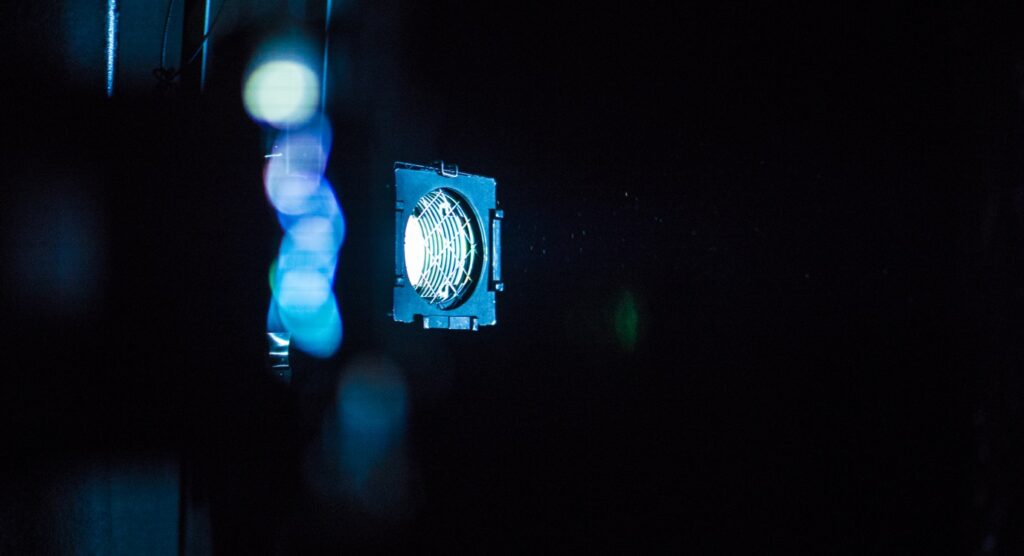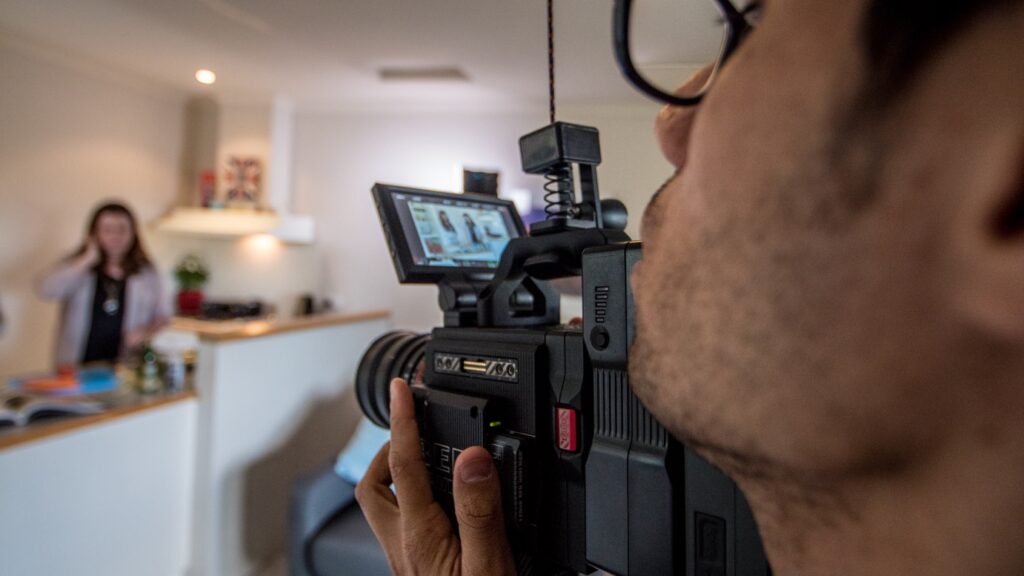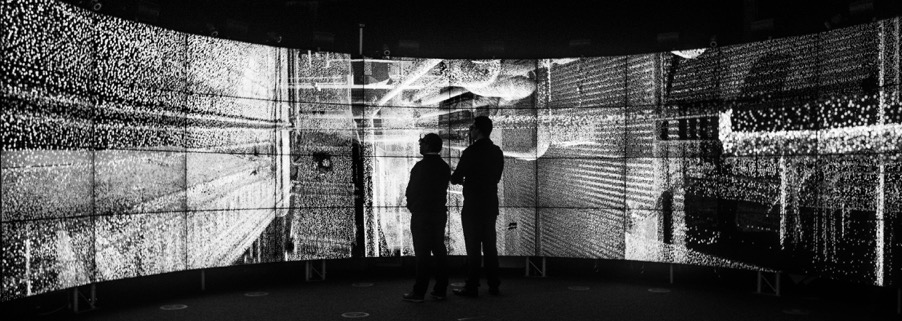The single most important factor in creating great video content.

James Walker
10 min read

Video content production involves a lot of moving parts. You’ve got the talent wrangling, filming, editing, effects, and actually publishing your content. But whether your video project takes two days, or two months, to finish, these aren’t the things that determine how quickly and easily your project will be completed.
The one thing that is the determining factor in creating great video content is your direction.
Your intent.
It’s about having clarity around your end goal. Without clarity across the board, without a strategic intent that guides what you’re trying to achieve with your video, then it won’t form one cohesive whole.
Without this clarity, there’s no intent—so you’ve got nothing to aim towards.

Every element of your video content needs to work together towards the same purpose.
And how do you ensure you’ve got the same purpose? You need to identify what you want to say, first. Videos are all about communication—so they should start there.
By determining first what you want to say, you can then use this to define what you want to achieve with your video. When you’ve got a clear message, you’ve got something to work towards. And once you know what this is, you can then take the time to work out how to get there.
But how do you actually do that? Clarifying your intent isn’t a painful process. Here’s how.

What do you want to say, and how do you want to say it?
Everything starts with your message, so determining the key message of your video content is critical to its success. Otherwise you’re just firing off messages in different directions, hoping that something sticks.
Once you’ve got that, everything that comes after it—your audience, the delivery method, intended action—all then works to influence the style of the video. So by gaining that clarity around your message you’re empowering your creatives to do their best work.
Think of it this way. If a chef knows what a recipe needs to taste like, they create a better meal. If a football player knows the play that their team is running, they perform better. This is what that clarity of message can help you achieve. Your copywriter will write a more engaging script. Your videographer will choose better shots. Your talent will give a better performance.
This clarity of the message is effectively the blueprint that everything else follows. Without it you’ve got no direction, and the decisions you make aren’t working towards anything. So it’s crucial that you’re clear on what you’re trying to say. And, importantly, how you’re saying it.
Without a cohesive message, you don’t get the clarity around who you’re targeting, what you’re looking to achieve, or what you’re even creating. This way things get muddled. The intent gets lost. And when you look at the finished product, you can tell that it’s been cobbled together from different parts.
So before you start writing a script, or sequencing the shots, you have to get your message clear first.

Determine your audience.
Then, get clear on who you want to target by identifying who your video content is aimed at. Saying ‘our customers’ is one thing—but potential customers versus return customers are two different audience segments.
Be really clear on who the video is being created for:
- who are they
- what stage of the buying journey are they at
- what do they know or not know
- what problem or need do they have.

How will they watch the video content?
The format and platform on which they watch the video changes everything. Whether it’s a video for your social feeds, an on-page video, or an extended play training video that people watch at a workshop session on a TV in the centre of the room, your audience is consuming these in different ways.
How they watch your video changes its length, rhythm, writing, stylistic choices. You can’t create a short 15-sec social video and expect it to be appreciated at an investor meeting.
So be clear about where you want your video to be shown, and how it’s going to be watched.

What do you want your audience to do after?
It’s all well and good just saying you want your audience to watch the video. But this in itself is short-sighted.
What is the intent of the video—what happens next?
Without an idea of the intent, your video content just fades into the background.
Should your audience get in touch with you? Click somewhere to learn more? Buy your product? Or simply feel more connected to your brand?
Choose a main action or goal for your video, and focus on this. But be sure to keep it simple—only choose one main intent. Otherwise the purpose of the video gets lost, and it can dilute your impact.
Intent is a key part in your video content strategy. It helps you to clarify your messaging, script, video style, and how it all comes together. When you identify the intent, it helps you ensure that the effort you put into the video is designed to generate specific results.
Then, once you’ve got this clarity, you can move on to the overall look and feel of the video. You’ve done the strategic work—let the creatives work their magic, with clear goalposts in mind.

The final word.
Ultimately, this is more than simply choosing substance over style. By having a clear message underpin the video content that you create, you’re able to ensure that every element of your video production works towards achieving a specific outcome.
As an experienced video production agency in Melbourne, all too often we’ve seen clients come to us with a vague idea they want to execute. There’s no confirmed message, no overall goal or aim. They only begin to think about these things once they see a video edit—because this is the first time they actually grasp what’s being made.
But at this point, it’s too late. You’ve already made the soup; you can’t change the ingredients that have gone into it. Instead, you can only change the end product that you’re working with. And this always drags the process out.
That’s why clarity of message is the single most important factor of good video content. Without it your video will be confused, your script won’t work, your jokes will fall flat, and any impact will get completely lost.
So get your direction clear first, and the rest will fall in line.
Are you looking for clear, concise video content production in Melbourne?
Get in touch with us and let’s talk about ensuring that your video content is designed with purpose.

